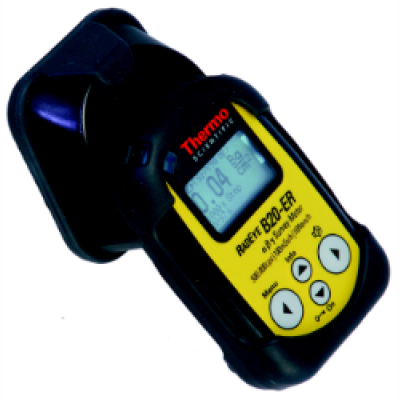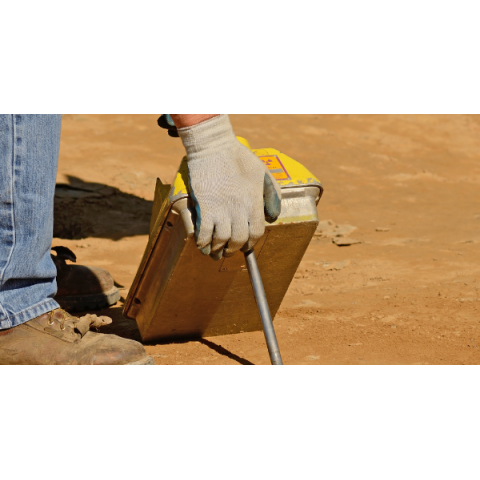Radiation Safety for Moisture and Density Probes
ADM is proud to support a growing number of customers with the implementation of Radiation Management Plans (RMPs) for the use of soil moisture and density probes.
The Australian Radiation Protection and Nuclear Safety Agency (ARPANSA) has developed the Code of Practice and Safety Guidelines (RPS 5) for the use of portable moisture and density gauges which, along with relevant state legislative requirements, should be the basis of your plan.
RPS 5 is a well written and presented document, which clearly outlines the requirements to safely use, transport and store your probe - and in consultation with your relative regulatory authority, developing a RMP which ensures that your use of ionising radiation sources for soil density and moisture measurement is Justified, that the risk of radiation exposure for users is Limited (below regulatory requirements) and also Optimised (to the lowest levels as reasonably achievable)… which are of course the 3 key objectives of any RMP.
How ADM Nuclear Technologies can Help You
The key element of this Code of Practice where ADM can help are the requirements for survey meters (Schedule C).

The guidelines require the organisation responsible for the probe to:
- Sec 4.2.1: The Responsible Person, supplier or service provider in relation to a portable density/moisture gauge must ensure that a suitable radiation survey meter that meets the requirements of Schedule C of this Code is readily available or accessible to monitor the gamma radiation levels.
Things to consider:
- Many Gauges used for soils density and moisture will have a neutron source (usually americium-241/beryllium or californium-252) – which means that the radiological hazard is both gamma and neutron.
- In the preparation of your RMP for a gauge which contains both Gamma and Neutron sources, you will need to consider Section 4 of the Code of Practice, as well as consulting your relevant regulatory authority as to whether you require a survey meter which detects both gamma and neutron sources, or if a gamma survey meter and relevant conversion factors to estimate neutron dose will be sufficient
- We are finding that many users are now considering best practice to be that their survey meter should be sensitive to both gamma and neutron – and are choosing the RadEye-GN.
- Dose equivalent measurement range of your survey meters must be at least 1 μSv h-1 to 500 μSv h-1 or equivalent, with visual and/or auditory alarms, and be accurate to ±25%
- You will need to ensure that your survey meter has annual (certified to Australian Standards) calibration checks – another service which ADM offers in partnership with our calibration partner ANSTO
The range of Thermo Scientific Survey Meters can be found by clicking HERE.
Contact ADM Nucelar Technologies to discuss your specific requirements for radiation detection with our technical team.
IS THIS INFORMATION USEFUL?
If so, why not share it with your peers and colleagues. Simply click on the blue LinkedIn share icon below.

